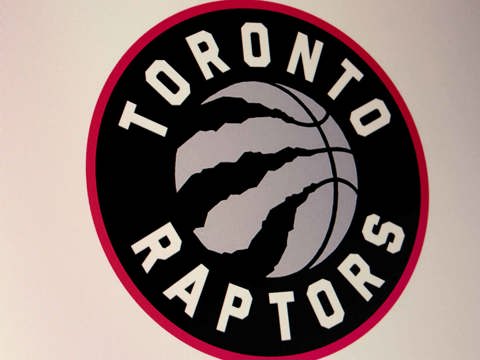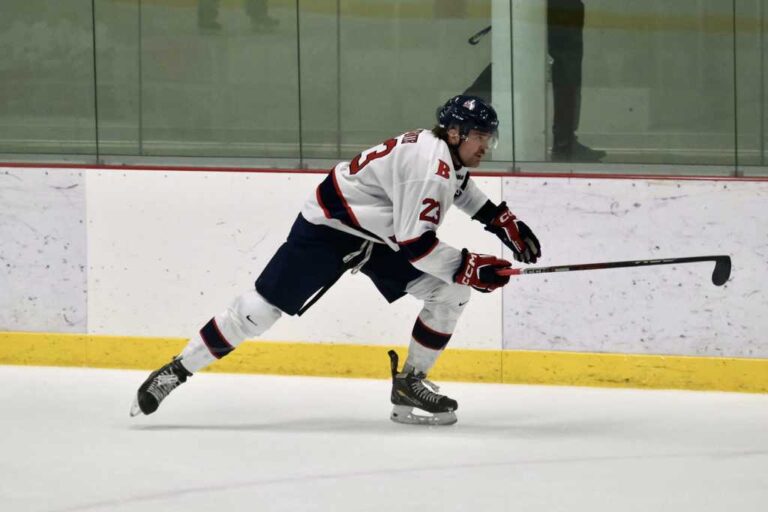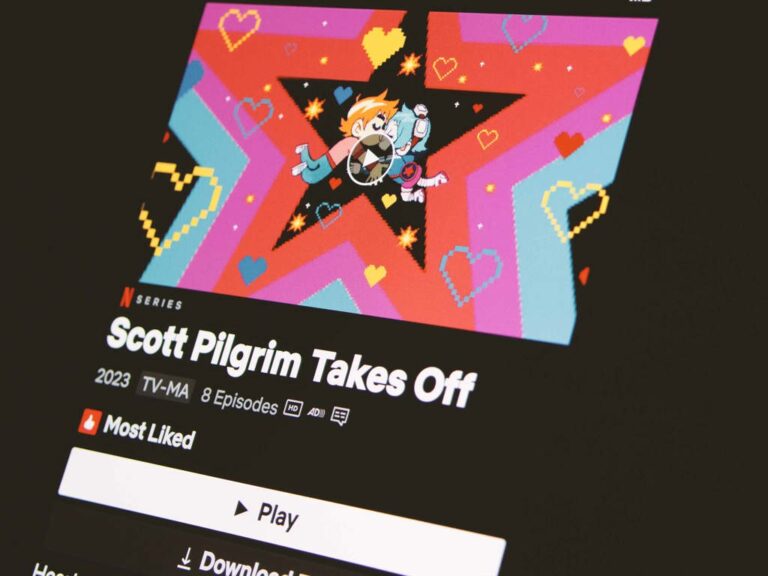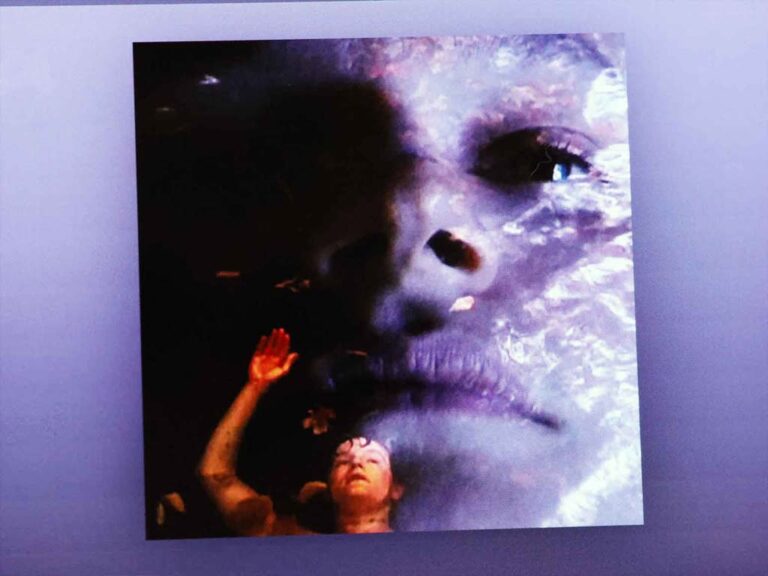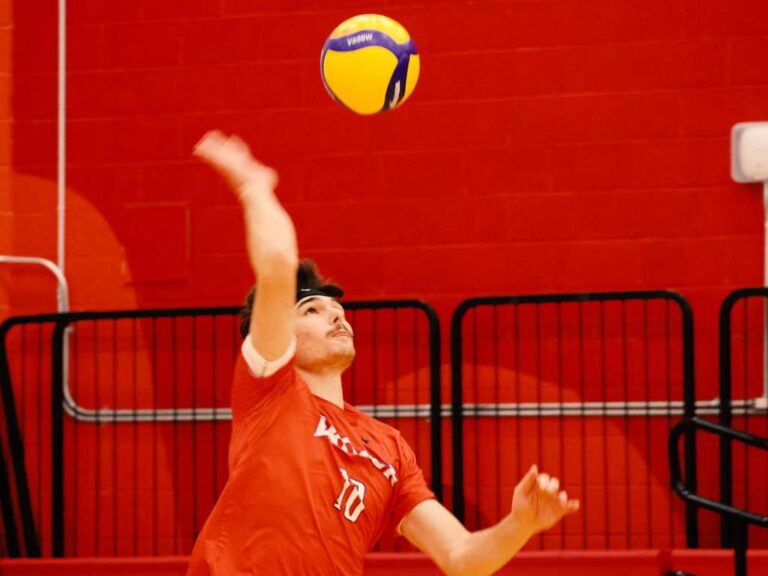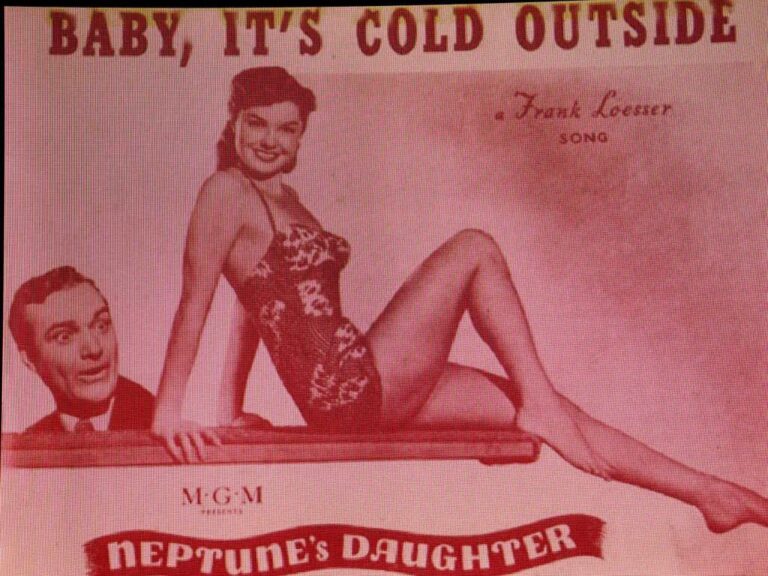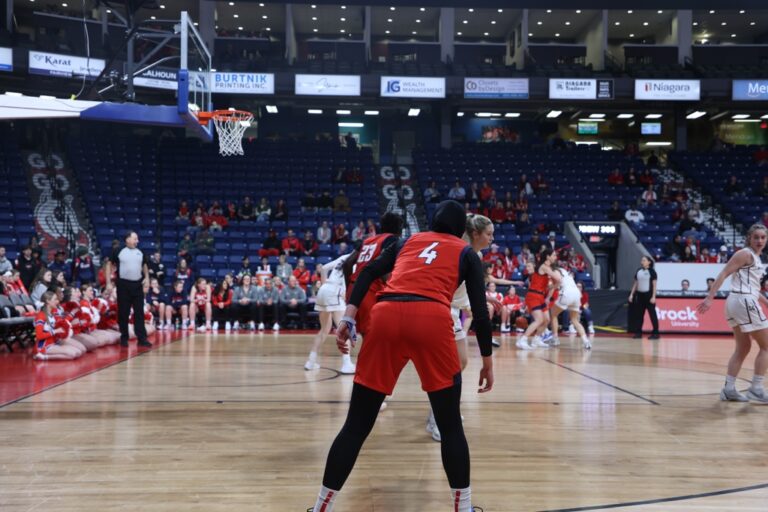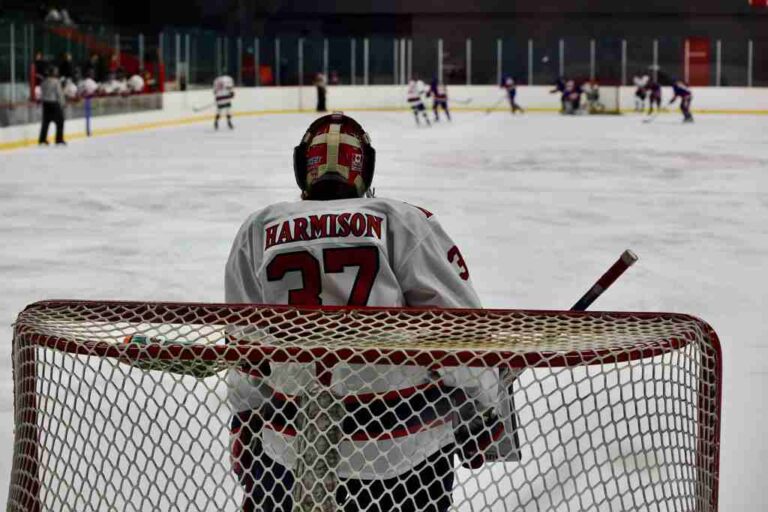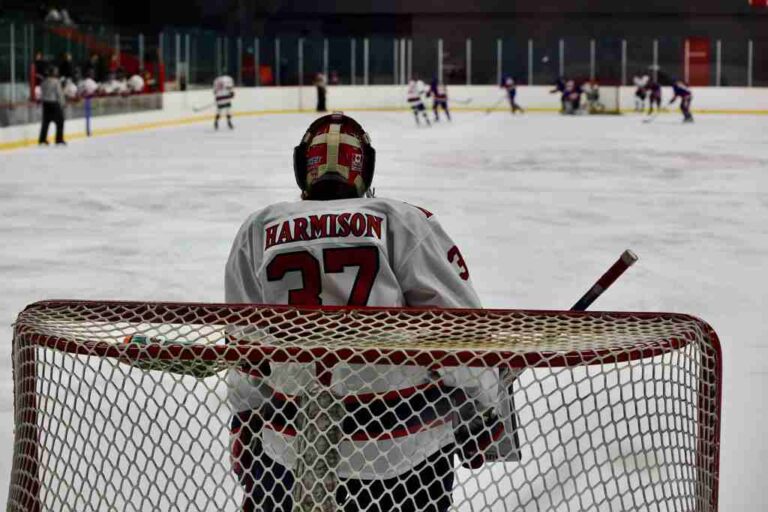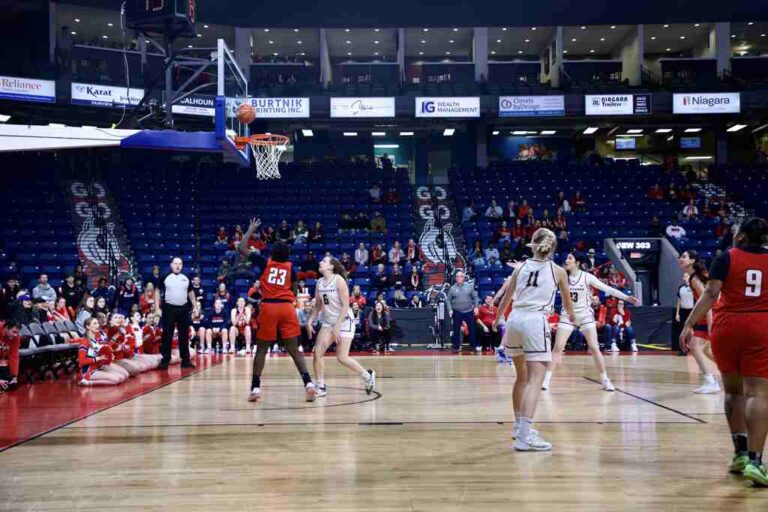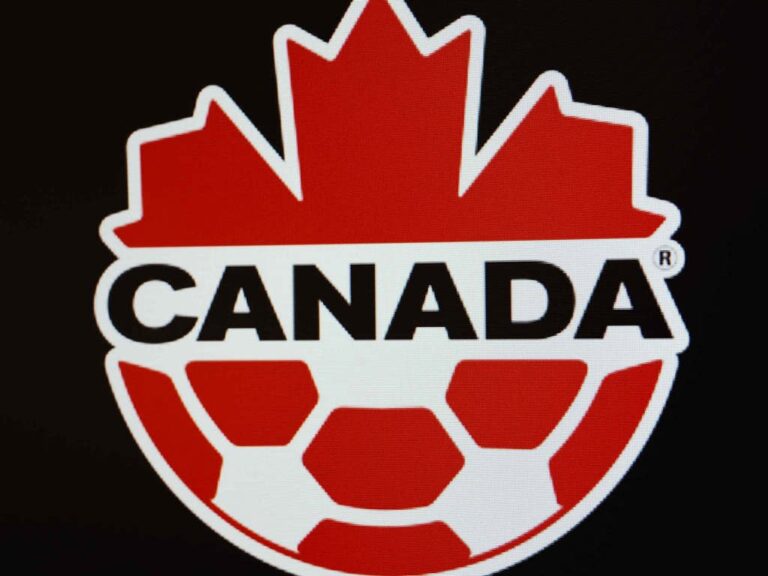With the beginning of each new year, music communities begin anticipating upcoming releases for the months to come.
There were a handful of albums I eagerly anticipated in 2023. However, I was also surprised by several artists I was previously unfamiliar with, some of whom released projects that climbed my list of albums and into my top ten.
Here are my own picks for the ten best albums of 2023.
10. JPEGMAFIA, Danny Brown – SCARING THE HOES
The collaboration project between two of experimental hip-hop’s most renowned figures is a freewheeling assault on the senses. The flow of JPEGMAFIA combined with the eccentric performances of Brown place the listener in the position of a tennis ball being viciously hit back and forth with every new musical element, sample and track. At the core of the constant sonic chaos is a fascinating awareness of current culture, going so far as to comment on the crowning of Elon Musk’s ownership of Twitter.
Inclusions like this make the album a defining period piece of our era. The record’s mind-bending production leads the way for the artistic future of hip-hop and music more generally. With a total runtime of just over half an hour, SCARING THE HOES is airtight and brimming with cryptic references that fly by through unpredictable turns, leaving listeners rightfully scared.
9. Lana Del Rey – Did You Know That There’s a Tunnel Under Ocean Blvd?
From mixed reviews of her classic debut album Born to Die to universal acclaim of her 2019 opus Norman F***ing Rockwell, Del Rey’s musical catalogue is a transformative evolution of her artistry. Regardless of critical acclaim, Del Rey’s impact on succeeding artists further reflects her power to move the needle of pop-culture and alternative music.
With this continuous evolution comes the question of whether she will be able to surpass the success of her previous work. The songwriting on her latest LP has never felt more uniquely her own. Ocean Blvd is a panoramic archive of her life mythos, never straying from the niche of Americana folk that she has built for herself.
Progressing from the iconic poster child of American tragedy to a soulful commentator on culture and her own history is an ambitious feat that feels authentically her own. Ocean Blvd has this effect as a full body of work, continuously evolving and delving deeper yet always swooping back to the elements that make Del Rey a beloved artist.
8. Jessie Ware – That! Feels Good!
Following a lukewarm response to her 2017 album Glasshouse, the UK artist shifted from her soul roots to an opulent disco sound in 2020’s What’s Your Pleasure? Decadent at points but nevertheless oozing with glamour, the album propelled Ware into revitalized popularity and artistic vision.
On That! Feels Good!, she continues to embody the triumphant sound of disco’s revival. Compared to the melancholy glamour of its predecessor, That! Feels Good! is louder and prouder.
The titular opening track boldly declares that “pleasure is a right,” elevating a theme of sex-positivity. The single “Free Yourself” is an anthemic assertion of queerness, with Ware’s commanding vocals belting over a thundering house piano. The connection to house music continues in the irresistible groove of “Freak Me Now,” laced with elements reminiscent of Daft Punk. If there is any insight about music from That! Feels Good it’s that the disco revival is alive, and Ware stands at the movement’s forefront.
7. Mitski – The Land is Inhospitable and So Are We
Forsaking the pensive synthpop of her previous two albums, Mitski returns to form with the soulfully quaint The Land is Inhospitable and So Are We. As the earworm singles such as “Nobody” from her previous work have demonstrated, Mitski is fully capable of crafting an indie-pop hit. While her most recent project adopts a softer, chamber pop approach, the depth of her songwriting remains consistently touching.
The album’s hit “My Love Mine All Mine” is equally catchy in its chorus as it is in the moving theme of love being a source of autonomy and independence. The acceptance that love and her ability to give love are the only things that belong to her is a sentiment that straddles the line of universality with individuality: it’s something innately unique to every person, subsequently connecting ourselves to others. A return to music so soon was unexpected for a reclusive artist like Mitski. The release of The Land is Inhospitable and So Are We feels like a breath of fresh air, both for her artistry and those witnessing it.
6. Amaarae – Fountain Baby
The Ghanaian artist avoids any indication of a sophomore slump on her second album. Flowing like a glistening stream, Fountain Baby guides listeners through dream-like fantasies of sugary, sweat-soaked hedonism while successfully keeping the aura cool. This is all courtesy of Amaarae’s charisma, a fitting emcee to Fountain Baby’s sensual circus.
Behind the onslaught of unique hooks and lush excess, there are moments where Amaarae teases a line between fantasy and reality. In the album’s final act, the fantasy of previous tracks feels distant as Amaarae connects to more earthly anecdotes. On the closing track “Come Home to God,” she paints the image of a stripper who returns home to spirituality after her shifts.
Perhaps this image is meant to reflect a comfortable balance between fantasy and spirituality. The faith we possess is the dreams that wait for us to be their narrators and indulge in every bit of their pleasure. Whatever the case may be, it’s safe to say Fountain Baby is one of the most enigmatic pop albums of 2023.
5. Model/Actriz – Dogsbody
The grisly, provocative corners of queer sexuality are delved into on the Boston noise rock group’s debut studio release Dogsbody. Led by vocalist Col Haden, a key token of the album’s success is its intense pull between tension and release. Haden’s stuttering vocals progressively pull back and build towards a climax before instrumentals explode with a sound comparable to two freight trains colliding at full speed.
Throughout the lyrical passages, there are themes of sadomasochism and lust, all captured through the eyes of homosexuality, an element that makes for a refreshing perspective. As the protagonist’s worldview is continuously corrupted by indulgence, the punk-adjacent sound becomes more urgent, leaving the impression that the protagonist is running towards – or away – from something threatening.
4. Kelela – Raven
Immediately from Raven’s opening track “Washed Away” the scale of this album’s world is established. Its expansive reverb and synths wash over the listener, pulling them out to sea and giving them a final look at the world above before swallowing them under the waves. While fittingly described as ambient in its mellower parts, Raven knows exactly when to pull listeners to the dancefloor with drum-and-bass house tracks like “Happy Ending” and “Contact.”
Along with cavernous production, Kelela’s sultry vocals are exquisitely mixed to match the atmosphere. On instrumental-heavy cuts like “Fooley,” her vocals are treated as an instrument itself over the throbbing bass. This technique is further incorporated into the intimate “Sorbet” as she coos softly from a void in hopes of comforting her lover. As the album ends in a similar way that it started, Raven casts listeners back to the physical world: a concluding strategy that demonstrates its effectiveness as both a forward-thinking R&B project and immersive sonic experience.
3. Reverend Kristin Michael Hayter – SAVED!
Known for her other musical project, Lingua Ignota, Hayter is no stranger to heavy themes in her music. Between ear-splitting screams and nearly operatic vibrato passages, Lingua Ignota served as an expressive vessel for her experience with domestic violence often through her relationship with religion.
SAVED! chronicles abuse in a subtler yet equally sinister way. Scattered throughout the album’s hymns and original songs is a theatrical tape-recording sound. Static fades in and out to muffle her vocals, tracks cut abruptly into one another or are interrupted by indistinct wailing and audio fades in and out.
Even underneath the hymns, the exploration of Hayter’s recovery from abuse through the eye of religion is damning. These harrowing elements are crucial to worldbuilding, giving the album the feeling that it was found inside of a tin box deep in the Appalachian Mountains never meant to be discovered, let alone listened to.
Among the several chilling moments on this project, none compared to the concluding track “HOW CAN I KEEP FROM SINGING?” where Hayter gradually begins to speak in tongues over her vocals before fading into quiet heaving and sobbing. It’s a gruelling eight minutes that commands attention for the cathartic release Hayter undergoes. Within the context of the album’s previous tracks, the music – under Lingua Ignota and Hayter’s full statement on her experience with abuse – leaves the listener flabbergasted.
SAVED! is a reminder of music’s power as a healing tool, as well as the importance of sharing music of this calibre with the world to bring light to the emotional weight trauma has.
2. Sufjan Stevens – Javelin
With a career spanning decades and numerous acclaimed albums under his belt, Stevens has nothing to prove. Regardless, his latest LP Javelin stands as a true opus depicting his entire career leading to this point. The intimate folk acoustics of tracks like “A Running Start” and “Everything That Rises” feel like very intentional callbacks to his previous work. These moments are expectedly full of lyrical tenderness and nuance, addressing Stevens’ journey of grief.
While wisdom and maturity are ever present throughout Javelin, they are not without Stevens’ existential reflections. This is exemplified in the devastating “Will Anybody Ever Love Me?” where Stevens reflects on the cycle of heartbreak, always wondering if loving and being loved is an aspiration within reach.
Enduring the hardship that comes with grief is never an easy task. Javelin holds the listener’s hand through its runtime, providing glimpses into less-than-ideal situations and how strength can be found in them. Creating a body of work this delicate and vulnerable is an enduring task for its creator. The comfort Javelin leaves listeners with is a testament to the healing journey Stevens himself has embarked on, steadily climbing upwards with hope in mind.
1. Caroline Polachek – Desire, I Want to Turn Into You
Abandoning the confines of genre, Polachek’s second album is a fully realized vision. Fittingly released on Valentine’s Day, the album explores corners of desire while borrowing musical elements and genres to create a melting pot of music. Polachek opens the album with a soaring vocal performance on “Welcome To My Island,” a track that pays homage to the Greek myths of Circe and Calypso luring Odysseus to their islands. In Polachek’s case, the island isn’t so much literal as it is her own life: a character that wants to claim someone into their private world and never let them go.
With this fixation on an object of desire, Polachek reflects on the highs and lows it brings. Sometimes it calls us to be “closer than a new tattoo” or conversely “AWOL on a Thursday.” This journey culminates with the realization that the hyperfixation on desire is more of a journey towards oneself, not to that which we want. With the closing track “Billions,” Polachek turns the message of the album’s opener on its head: instead of yearning to bring someone into her world, she wishes to melt into theirs.
The spiralling comes to a satisfying conclusion within the album, but unfortunately for listeners, life often plays out differently. What can be learned from Desire is that the spiralling of love and desire may never end, yet there is beauty to be found in the continuous thrill of it all as we relive the cycle again and again.

